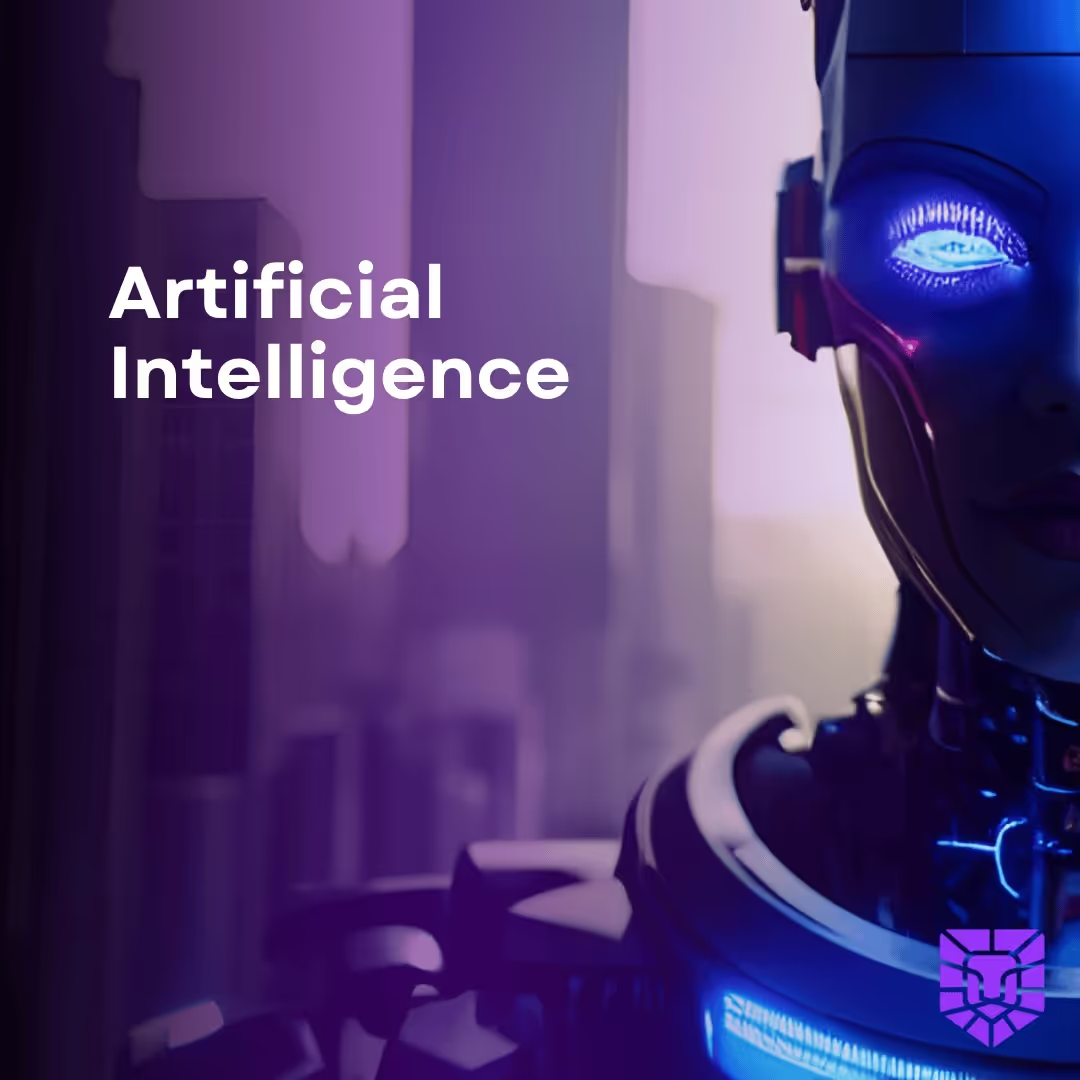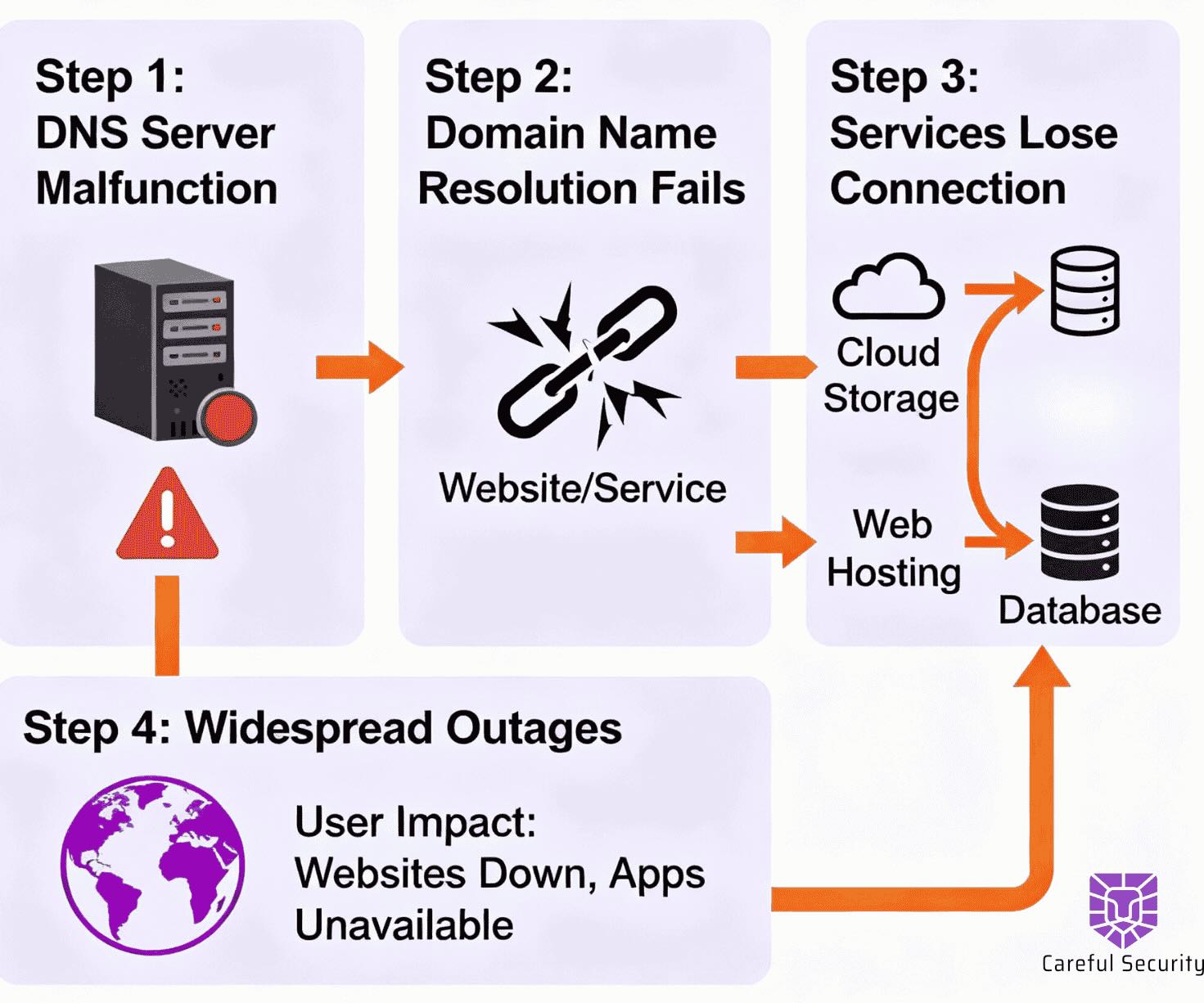AI in Cybersecurity and Privacy

The Pros and Cons of AI in Cybersecurity and Privacy
As AI continues to reshape the digital landscape, its presence in cybersecurity and privacy operations is both a game-changer and a challenge. For mid-market companies often operating without dedicated security teams AI can level the playing field. But with great power comes great complexity.
Let’s unpack the pros and cons of applying artificial intelligence in the cybersecurity and privacy domains.
The Pros
1. Faster Threat Detection
AI can analyze vast volumes of logs, traffic patterns, and behavior baselines in real time. Where human analysts might take hours to detect an anomaly, AI can do it in seconds flagging potential attacks like phishing, insider threats, or lateral movement before damage is done.
Example: Behavioral AI models in endpoint detection tools can recognize a ransomware pattern and isolate affected devices almost instantly.
2. 24/7 Monitoring Without Burnout
Cyber threats don’t sleep, but your staff has to. AI-driven security platforms provide around-the-clock coverage, enabling continuous monitoring and automatic response even during weekends and holidays.
Value to Mid-Market: Companies without 24/7 SOCs can still maintain a strong security posture without scaling a large team.
3. Improved Incident Response Times
With AI-driven playbooks, security operations centers (SOCs) can reduce the mean time to detect (MTTD) and mean time to respond (MTTR). Automation can trigger containment actions, triage alerts, and even orchestrate communication with stakeholders.
4. Privacy Compliance at Scale
AI can help monitor data access, detect non-compliant behavior, and manage data subject requests efficiently. In complex, hybrid cloud environments, it can map data flows and classify sensitive information an essential step for GDPR, CCPA, or SOC 2 compliance.
5. Adaptive Defense in a Dynamic Threat Landscape
AI thrives on data. As new threats emerge, machine learning models can adapt learning from past incidents and continuously improving defenses, especially in highly targeted or evolving threat scenarios.
The Cons
1. False Positives (and False Negatives)
AI is only as good as the data it’s trained on. Poor data quality or incomplete datasets can result in high false positive rates—flooding analysts with noise. Worse, a false negative could allow a real attack to slip through undetected.
2. Opaque Decision-Making (“Black Box” Risk)
Many AI models lack explanation. When AI says, “This is a threat,” security leaders may not understand why which is risky in industries where audit trails and accountability matter.
Privacy Risk: If regulators or customers challenge a decision (e.g., an AI flagging an employee or denying a transaction), you may be unable to justify it clearly.
3. Bias and Discrimination
AI can unintentionally perpetuate bias if trained on skewed datasets. In cybersecurity, this could result in over-monitoring certain user groups or regions. In privacy, it may fail to apply consistent controls across different datasets or users.
4. Dependency Without Understanding
The ease and efficiency of AI can lead teams to over-rely on it without investing in foundational security hygiene. Tools are helpful, but they’re not a replacement for strategy, governance, or a skilled team.
5. Privacy Risks from the AI Itself
AI systems often need large datasets to function effectively raising concerns about how data is collected, stored, and processed. If not properly governed, AI can become a privacy liability instead of a compliance asset.
Striking the Right Balance
To maximize the value of AI in cybersecurity and privacy:
- Pair AI with human oversight. Let AI handle the heavy lifting but retain expert control over critical decisions.
- Invest in explainable AI (XAI). Transparency builds trust with auditors, customers, and regulators.
- Focus on data governance. Ensure the data feeding your AI is high quality, representative, and ethically sourced.
- Implement privacy-by-design. Use federated learning, synthetic data, and differential privacy to protect identities while training your models.
AI is neither a silver bullet nor a ticking time bomb. It’s a tool and like any tool, its impact depends on how you wield it. For organizations looking to scale their cybersecurity and privacy capabilities, AI can be a powerful ally—if used thoughtfully and responsibly.
As technology evolves, the conversation shouldn’t be “Should we use AI?” but rather “How can we use AI without compromising trust?
Cybersecurity Leadership for Your Business
Get started with a free security assessment today.
.avif)
.avif)




.svg)
.svg)
.svg)